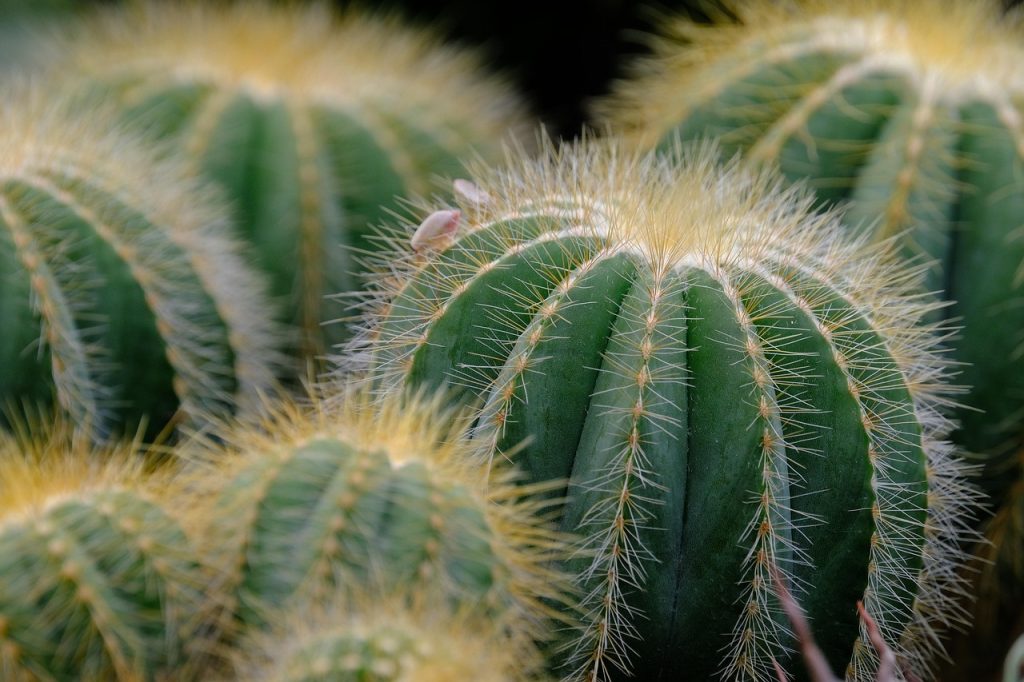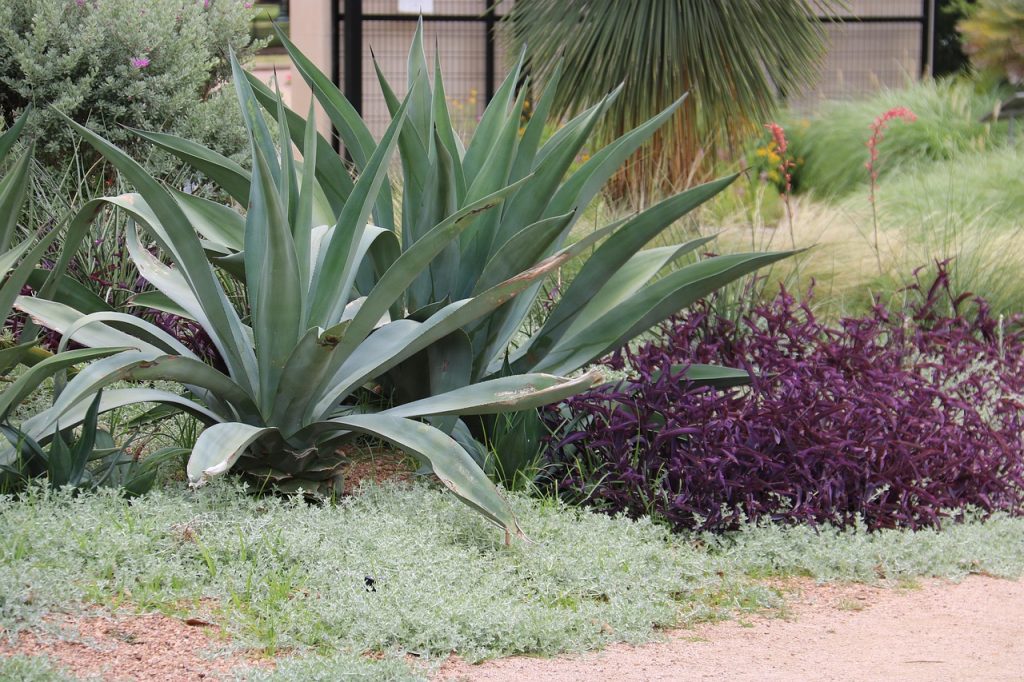Desert gardening is an intriguing challenge that transforms barren landscapes into thriving ecosystems. While it might seem daunting to cultivate a garden in such harsh conditions, with the right knowledge and techniques, it is entirely possible to create a sustainable and beautiful desert garden. Let’s delve into the intricacies of desert gardening and explore how you can make the most of what the arid environment has to offer.
Understanding the Desert Environment
The desert is characterized by its extreme temperatures, low rainfall, and unique soil compositions. These factors can make traditional gardening methods less effective, necessitating a tailored approach to plant care. Understanding these environmental factors is crucial for successful desert gardening.

Climate and Temperature
Deserts are known for their high temperatures during the day and cooler nights. This extreme fluctuation can be challenging for many plants, but native desert plants have adapted to these conditions over time. Gardeners need to choose plants that can withstand the temperature variations typical of desert climates.
Soil Composition
Desert soils are often sandy and lack organic matter, which affects water retention and nutrient availability. Improving soil quality through amendments such as compost or organic matter is essential to support plant growth. Raised beds and mulching can also enhance soil conditions by improving moisture retention.
Choosing the Right Plants
When planning a desert garden, selecting plants that are naturally adapted to arid conditions is key. These plants are typically drought-tolerant and require minimal water once established.
Native Desert Plants
Some examples of native desert plants include cacti, succulents, and agave. These plants have evolved to store water and thrive in low-moisture environments. Using native plants not only ensures better survival rates but also supports local wildlife.
Drought-Resistant Varieties
Beyond native plants, numerous drought-resistant varieties can add color and texture to your garden. Consider plants like lavender, rosemary, and sage, which offer aromatic foliage and vibrant blooms.
Creating Ideal Growing Conditions
While choosing the right plants is important, creating the right conditions for them to thrive is equally crucial. This involves managing light, water, and soil effectively.
Water Management
Efficient water management is critical in desert gardening. Techniques such as drip irrigation or soaker hoses can deliver water directly to the plant roots, reducing evaporation and water waste. Grouping plants with similar water needs can also optimize water usage.
Sunlight and Shade
Desert plants generally require full sun, but providing some shade during the hottest parts of the day can prevent sunburn and stress. Using structures like pergolas or strategically planting taller plants can create necessary shade.
Soil Amendments
Improving soil structure through amendments can enhance its ability to retain moisture and nutrients. Adding organic matter, such as compost or well-decomposed manure, can significantly improve desert soil.

Seasonal Care and Maintenance
Desert gardens require seasonal care to maintain their health and appearance. Understanding the specific needs of your plants throughout the year can ensure they continue to thrive.
Spring and Summer Care
During the hotter months, increase watering frequency, especially for newly established plants. Monitor for signs of stress, such as wilting or leaf scorch, and adjust shade and water as needed.
Autumn and Winter Preparations
In cooler months, reduce watering as plant growth slows. This is also an ideal time to prune and tidy up the garden, removing any dead or diseased plant material.
Addressing Common Challenges
Gardening in the desert presents unique challenges, but with knowledge and preparation, these can be effectively managed.
Pest and Disease Management
Desert gardens can still fall prey to pests and diseases. Integrated pest management techniques, such as encouraging beneficial insects and using organic pesticides, can help maintain plant health without disrupting the ecosystem.
Soil Erosion and Compaction
Wind and water erosion can be problematic in deserts. Using ground covers or mulch can protect the soil surface, while pathways and barriers can reduce compaction and erosion.
Practical Applications of Desert Gardening
Beyond aesthetics, desert gardening can have practical benefits. It can contribute to water conservation, provide habitat for wildlife, and even produce edible plants suitable for the climate.

Water Conservation
Desert gardens inherently use less water, making them an excellent choice for sustainable landscaping. Incorporating rainwater harvesting systems can further enhance water efficiency.
Wildlife Habitat
By planting native species, desert gardens can provide habitat and food for local wildlife, including birds, insects, and small mammals.
Edible Plants
Many drought-tolerant plants are also edible, such as certain varieties of cacti, herbs, and fruit trees. These can add an edible dimension to your garden while maintaining its sustainability.
Frequently Asked Questions
Yes, but focus on drought-resistant varieties and use methods like raised beds to enhance soil quality.
Implementing drip irrigation, mulching, and planting shade-tolerant species can help reduce water loss.
Signs include wilting, yellowing leaves, and sunburn. Adjust watering and shade to mitigate stress.
Use balanced fertilizers with micronutrients suitable for arid soils, and consider organic options to improve soil health.